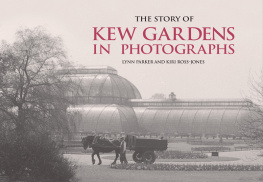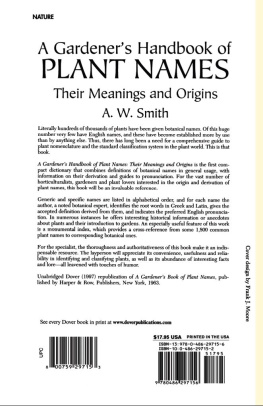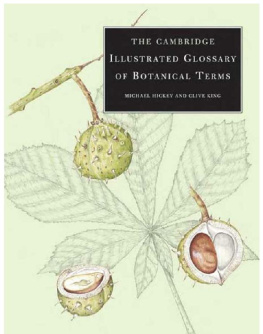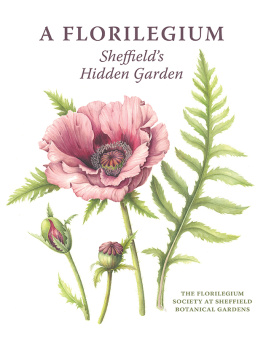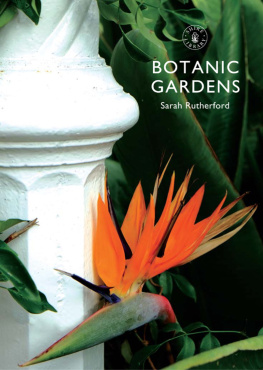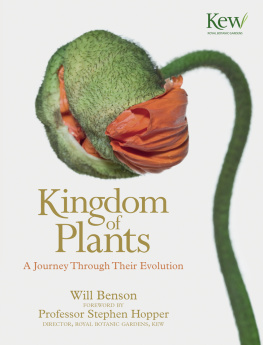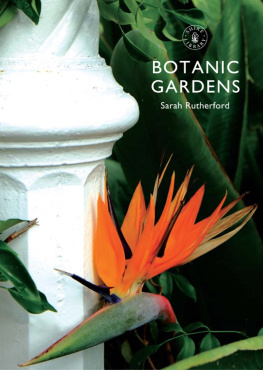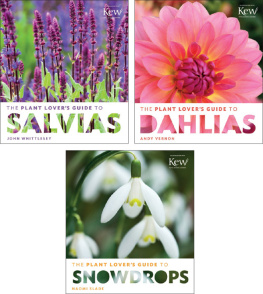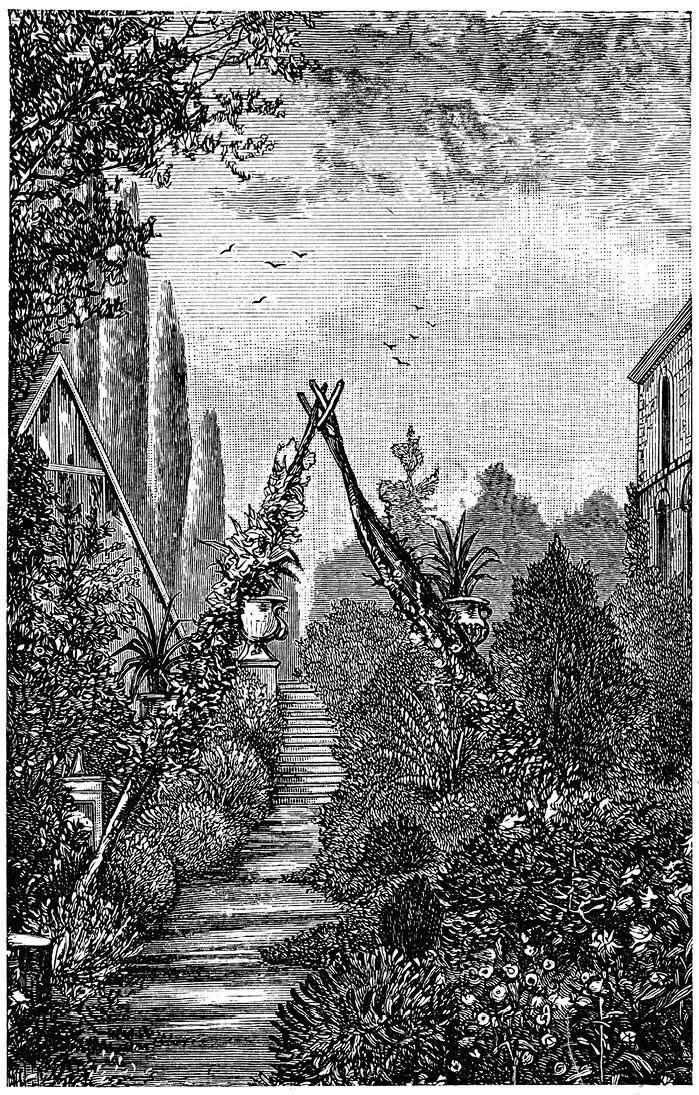PLANT WORDS
PLANT WORDS
Great care has been taken to maintain the accuracy of the information contained in this work. However, neither the publisher, the editors nor authors can be held responsible for any consequences arising from use of the information contained herein. The views expressed in this work are those of the authors and do not necessarily reflect those of the publisher or of the Board of Trustees of the Royal Botanic Gardens, Kew.
Published in 2022 by Welbeck An imprint of Welbeck Non-Fiction Limited, part of Welbeck Publishing Group.
Based in London and Sydney
www.welbeckpublishing.com
The Royal Botanic Gardens, Kew logo and Kew images The Board of Trustees of the Royal Botanic Gardens, Kew (Kew logo TM the Royal Botanic Gardens, Kew)
Design and layout Welbeck Non-Fiction Limited 2022 Text The Board of Trustees of the Royal Botanic Gardens, Kew 2022
The authors have asserted their rights as authors of this work in accordance with the Copyright, Designs and Patents Act 1988.
All rights reserved. No part of this publication may be reproduced, stored in a retrieval system, or transmitted in any form or by any means, electronically, mechanical, photocopying, recording or otherwise, without the prior permission of the copyright owners and the publishers.
A CIP catalogue record for this book is available from the British Library.
ISBN 978-1-80279-008-5 EISBN 978-1-80279-009-2
Printed in the UK
A book of curious words for plant lovers
JOE RICHOMME & EMMA WAYLAND
PLANT WORDS
Contents
Introduction
It is possible to describe or explain just about anything using generic words that most adults would understand. But to really delve into a subject, it becomes necessary to start using specialist terms to make it easier and more efficient to talk about something. Why take a sentence to say what you mean, when one word will do?
The use of specialist terms presents a problem, however. To take part in the conversation, you must know what these words really mean, and it is easy for those who use such terms on a regular basis to simply throw them into conversation without explanation, as if everyone will automatically understand them. Plants are a subject particularly prone to this issue. The botanical world is one where science, industry, hobby, history and culture all intersect. Words have crossed the boundaries between these areas, accruing meaning and/or being misapplied as they go. The importance of places, people and concepts have come to be taken as a given.
This book is intended to untangle some of those assumptions, to try and explain some specialist words concerning plants in relatively simple terms, to convey what they are really about, and to highlight how what they relate to is important. It is an introduction to the vocabulary used by botanists, horticulturists, and many others who interact with plants on a regular basis. It is intended to show you the way deeper into the world of plants; words are the way into any subject.
We have grouped terms together into key topic areas. In Botany we discuss those words which describe parts of plants: What is a bulb and how does it differ from a corm?
Introduction
Introduction
Where does the word pistil come from? In Growing we examine words used in our direct interactions and interventions with plants: How do we go about coppicing something? What do we mean by mulch? In Plant Types we look at different kinds of plants, whether distinguished by their life cycle (annual, perennial), by their natural habitat type (alpine, aquatic) or by their properties (medicinal, hallucinogenic). In History we tell some important and interesting stories about plants in relation to the progress of human society. It is worth noting that we focus here on the history of plants, not gardens. Documentation examines how we record information about plants, and how that information is used. By Environment & Ecology we mean the world within which plants exist how do they interact with their surroundings? What words do we need to know to consider plants within their wider communities? This is distinct from Biomes & Habitats , which looks at the kind of places where plants are found. Finally, in Science we look at some of the techniques which scientists use to explore the world of plants, and what scientific examination has taught us about these fascinating organisms.
Next page

